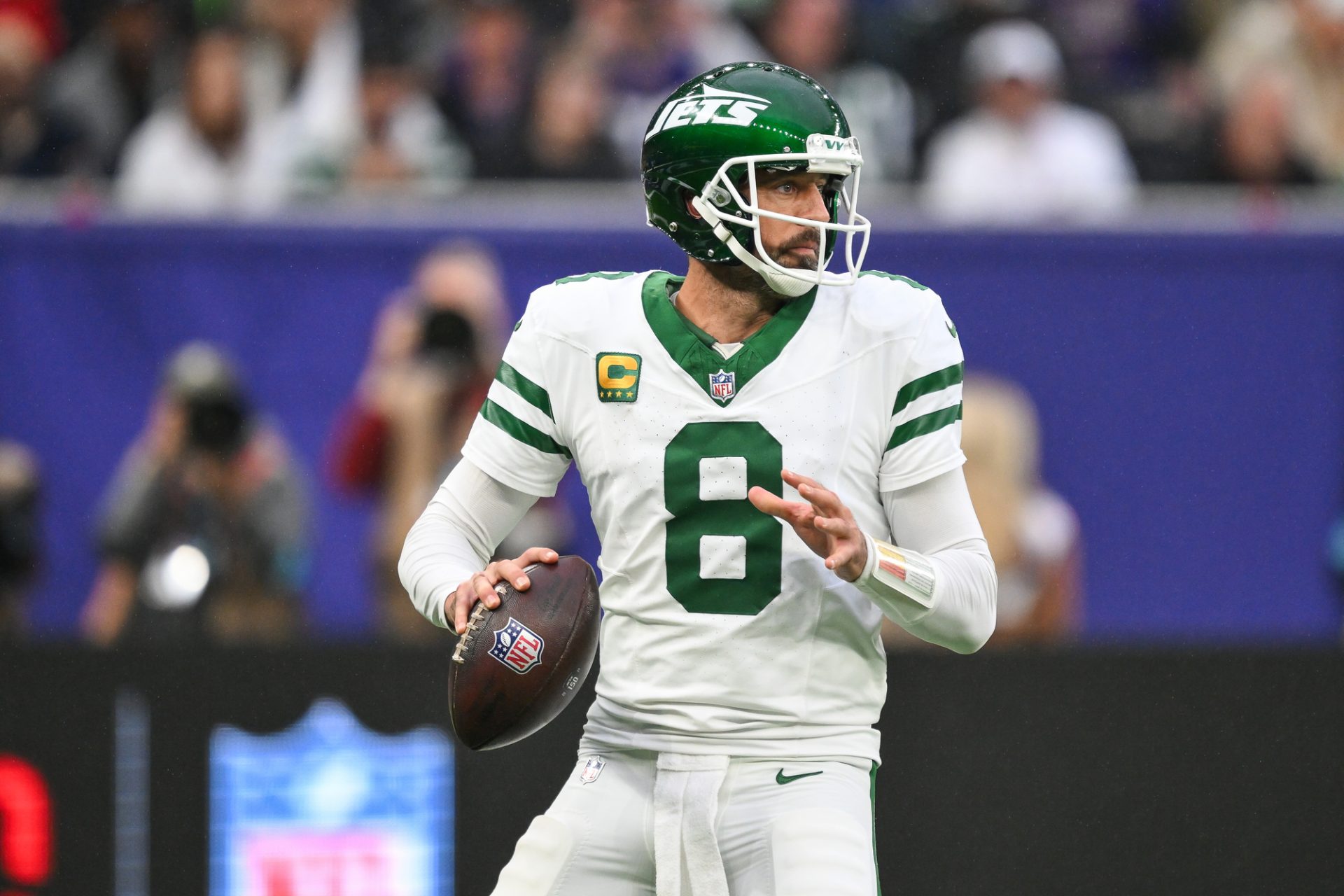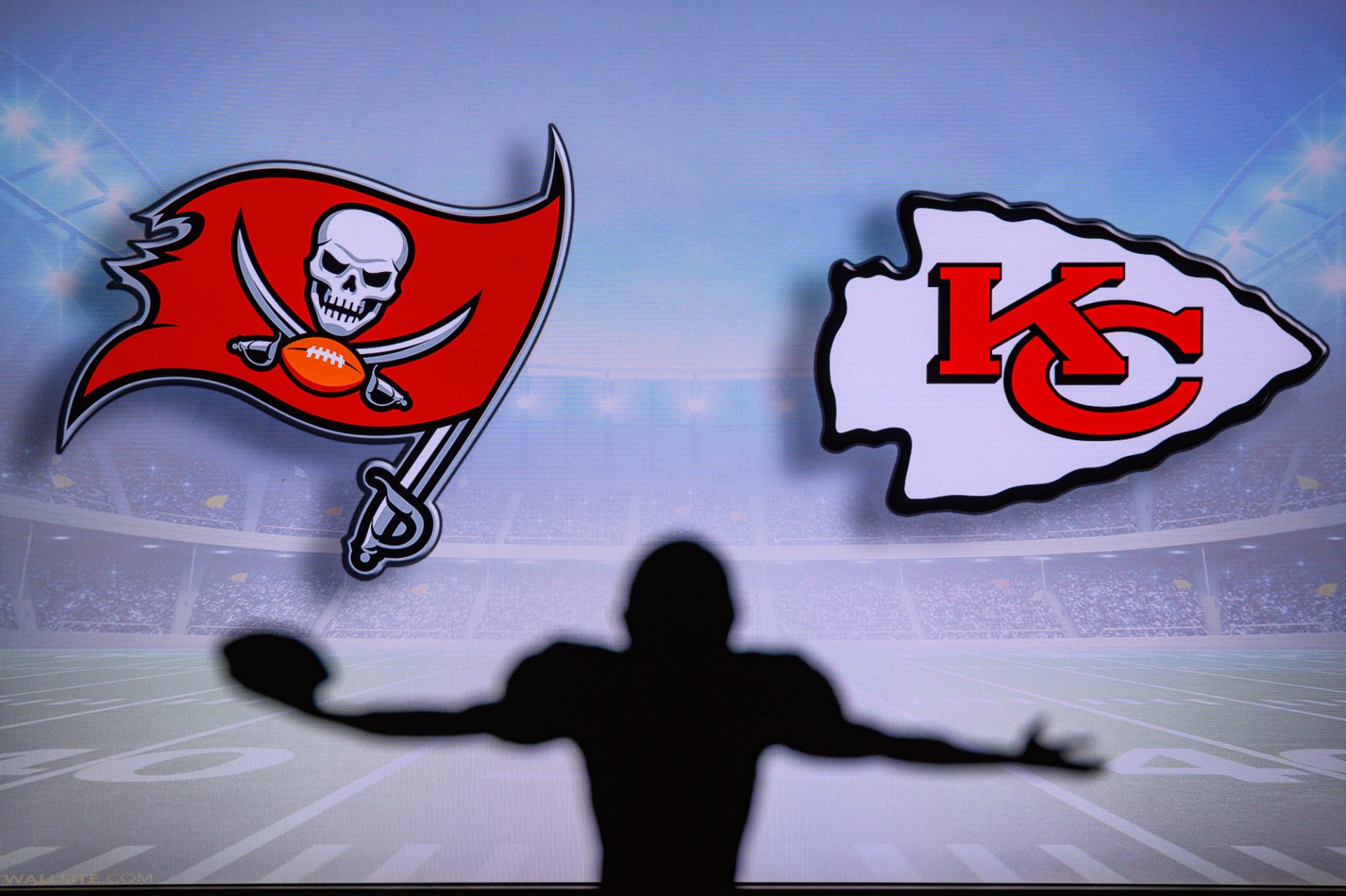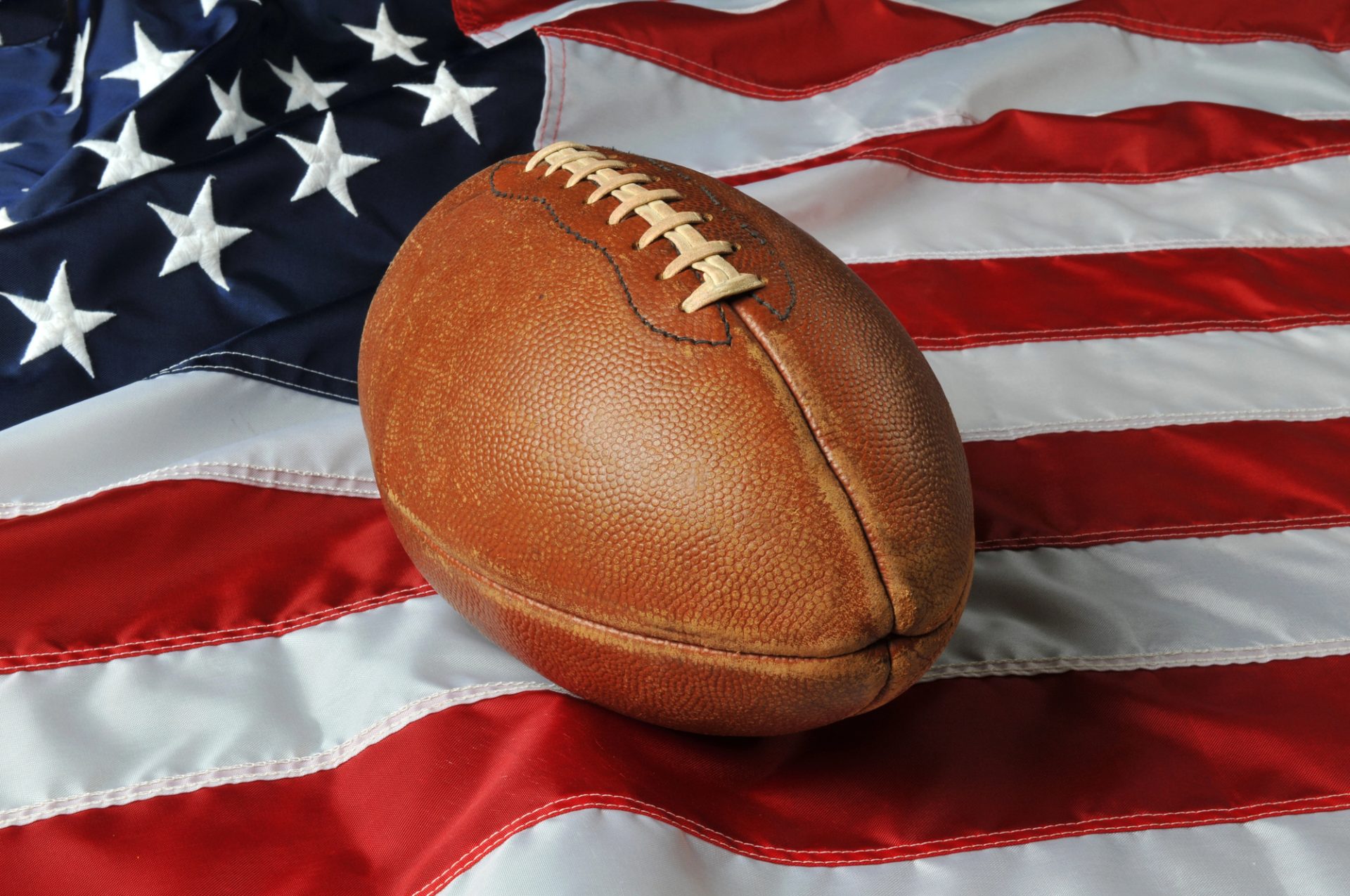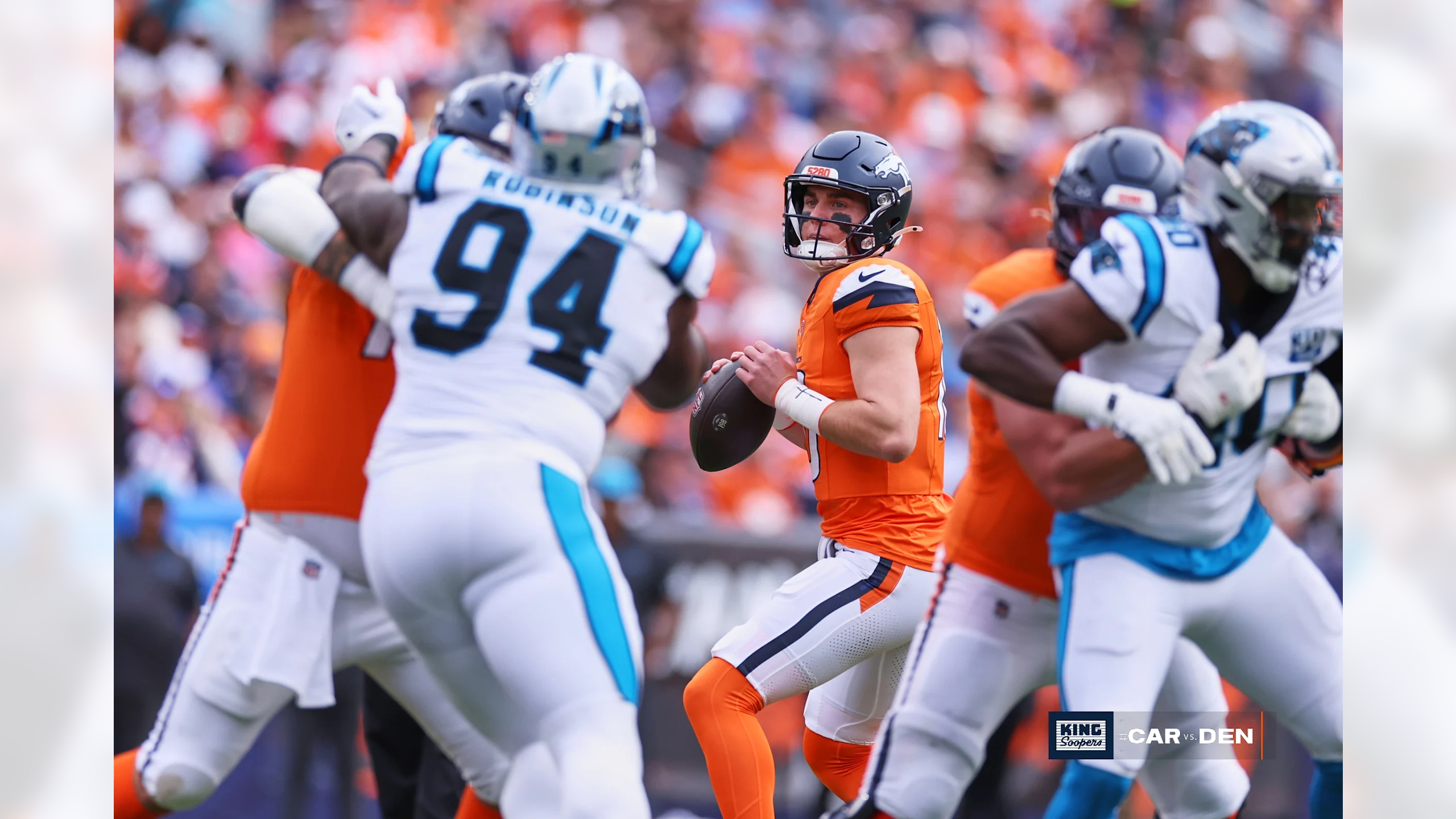The Evolution of NFL Jerseys: How Uniforms Have Changed Over the Decades
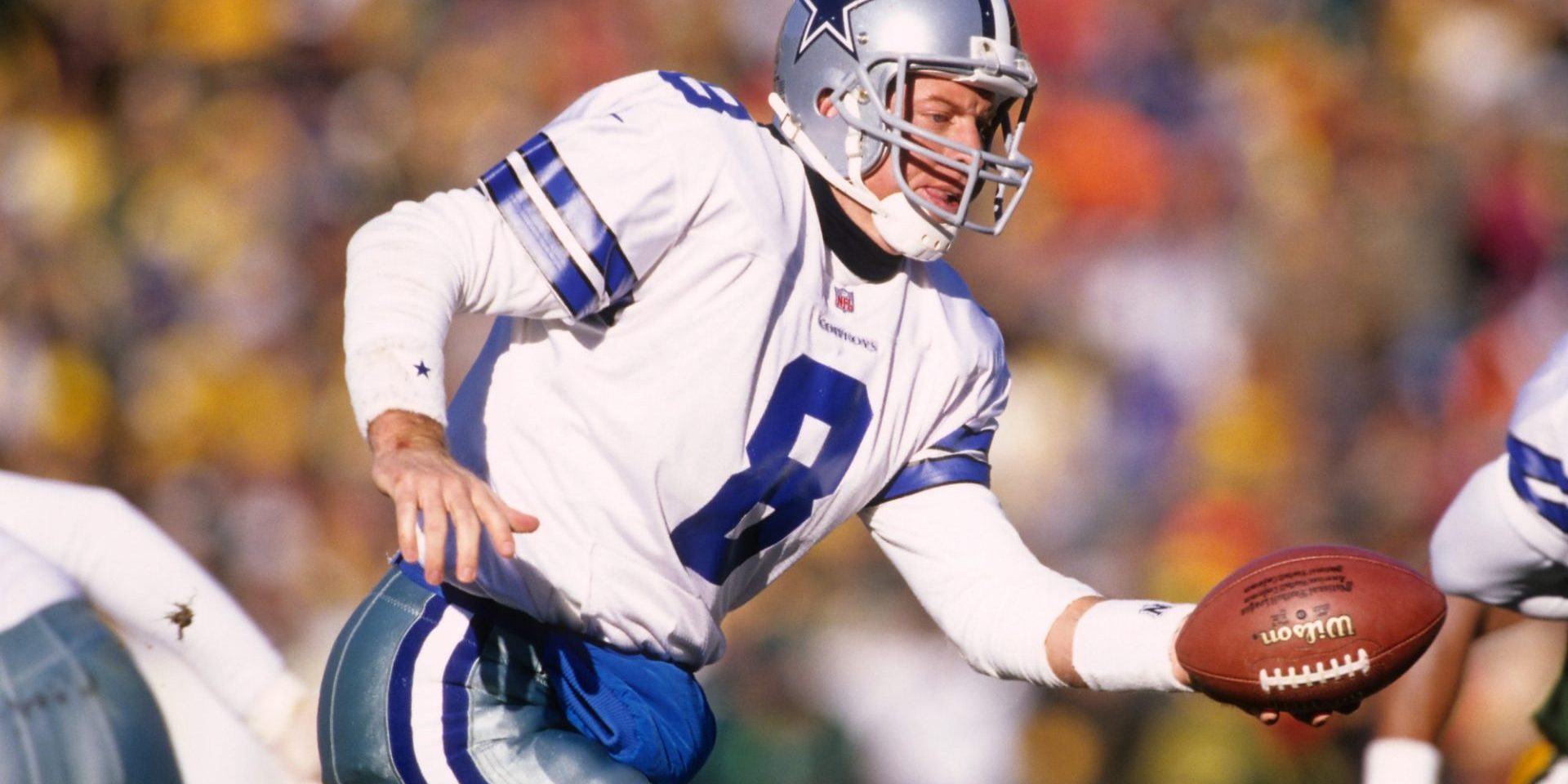
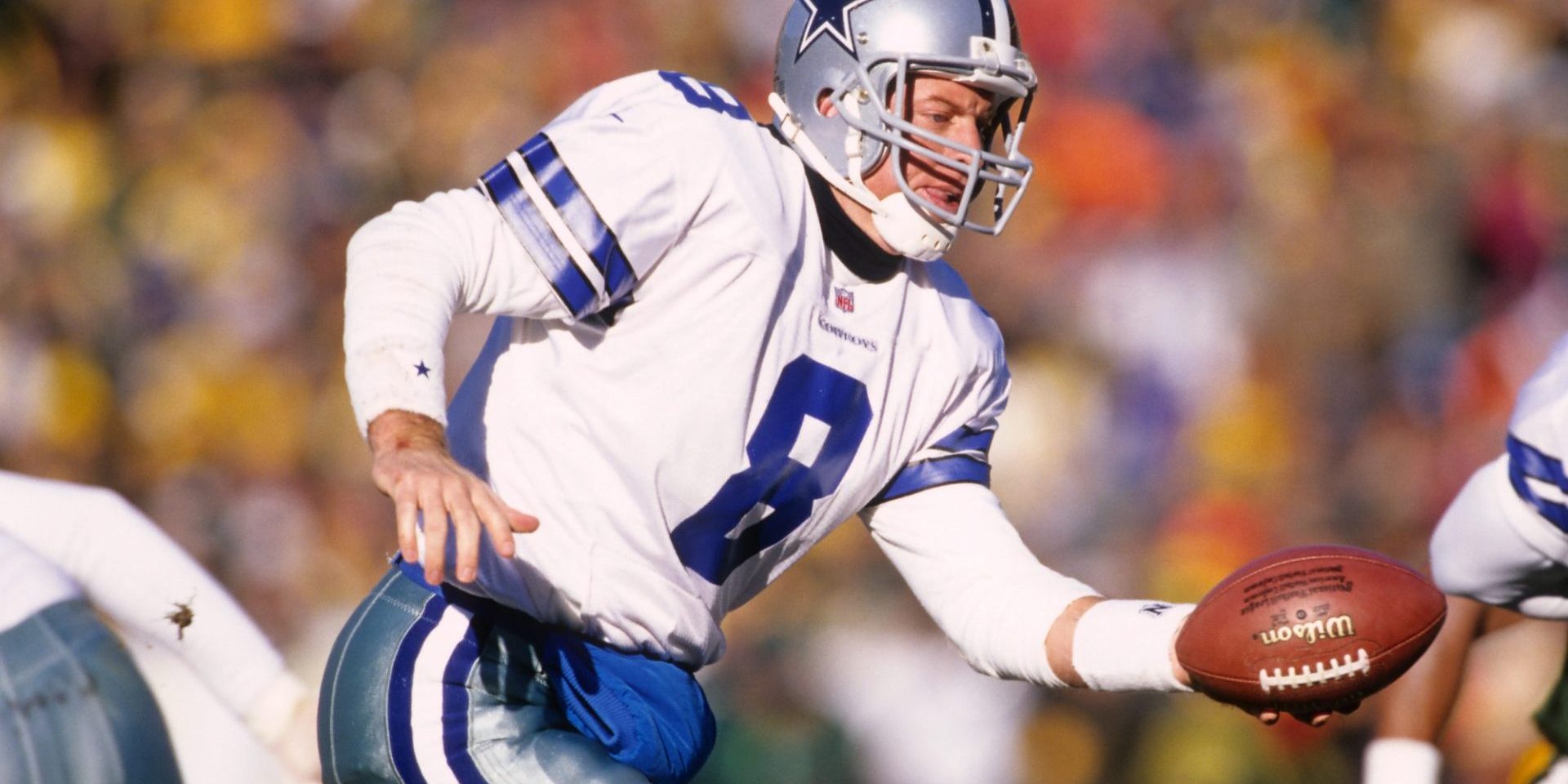
Table of Contents
NFL jerseys have undergone significant changes since the league’s inception. The evolution of football uniforms reflects advancements in technology, safety concerns, and shifts in fashion trends. From leather helmets and long-sleeved sweaters to today’s high-tech materials and form-fitting designs, NFL uniforms have transformed dramatically over the decades.
Early NFL players wore simple, practical outfits that offered minimal protection. Helmets were made of leather, and jerseys were often just long-sleeved shirts. As the sport gained popularity, teams began adopting distinct colors and patterns to set themselves apart on the field.
By the 1970s, names appeared on the backs of jerseys to help fans identify players. Helmet designs evolved too, with facemasks becoming standard equipment. Modern uniforms now incorporate lightweight, breathable fabrics and advanced protective gear, prioritizing both player performance and safety.
Historical Progression of NFL Jerseys
NFL jerseys have undergone significant changes since the league’s inception. These transformations reflect advancements in technology, shifts in design preferences, and the growing importance of team identity.
Origins and Early Designs
In the early days of the NFL, jerseys were simple and functional. Players wore long-sleeved turtlenecks and sweaters made of wool or cotton. These materials provided warmth but lacked breathability and flexibility.
Teams often chose basic colors like navy, black, or maroon. Designs were minimal, with little to no graphics or embellishments. The focus was on durability rather than style or team branding.
Helmets were made of leather, offering limited protection. Players sometimes added padding to their jerseys for extra cushioning.
Material and Technological Advances
As football gained popularity, jersey design evolved. Synthetic materials like nylon and polyester replaced wool and cotton. These new fabrics improved breathability and allowed for more fitted designs.
The 1960s saw the introduction of mesh jerseys, which enhanced ventilation. This innovation was particularly beneficial for players in warmer climates.
In recent decades, moisture-wicking technologies have been incorporated into jersey fabrics. These advancements help regulate body temperature and improve player comfort during games.
Modern NFL jerseys use high-tech, performance-driven materials. They are designed to be lightweight, durable, and flexible, allowing for a full range of motion.
Introduction of the Numbering System
The numbering system for NFL jerseys has a rich history. In the early years, player numbers were inconsistent and often changed from game to game.
In 1952, the NFL standardized jersey numbers. This system assigned specific number ranges to different positions. For example, quarterbacks were given numbers 1-19, while linemen used 50-79.
The numbering system helped fans and officials identify players more easily. It also became an integral part of team strategy and play-calling.
Over time, the rules have been slightly modified to accommodate changing roster sizes and position flexibility.
Merchandising and Fan Engagement
As the NFL’s popularity grew, jerseys became a significant part of fan culture. Teams began selling replicas to supporters, creating a new revenue stream.
The 1980s and 1990s saw an explosion in jersey sales. Fans could now wear their favorite players’ numbers, strengthening their connection to the team.
NFL teams started introducing alternate jerseys and throwback designs. These variations appealed to collectors and allowed teams to refresh their visual identity periodically.
Color Rush uniforms, introduced in 2015, represented a bold departure from traditional designs. They featured vivid, monochromatic color schemes that sparked both praise and criticism from fans.
Today, NFL jerseys are a blend of tradition and innovation. They honor team heritage while incorporating modern design elements and technologies.
Team Identity and Brand Evolution
NFL team uniforms play a crucial role in representing a franchise’s identity and values. The evolution of jerseys reflects changes in team branding, relocation impacts, and design trends over the decades.
Iconic Look of Teams
The Dallas Cowboys’ star logo and silver-blue color scheme have become synonymous with “America’s Team.” Their uniform has remained largely unchanged since the 1960s, reinforcing their brand identity. The Chicago Bears’ navy and orange combination, introduced in 1920, is one of the most recognizable in sports.
Some teams opt for bold redesigns. The Denver Broncos switched from a brown and yellow color scheme to navy blue and orange in 1962, modernizing their look. In 1997, they unveiled a complete overhaul featuring a new logo and uniform design that has since become iconic.
Impact of Team Relocations
Team relocations often prompt uniform changes to reflect new cities or markets. When the Oakland Raiders moved to Los Angeles in 1982, they kept their silver and black colors but updated their logo. Upon returning to Oakland in 1995, they reverted to their original design.
The Cleveland Browns’ move to Baltimore in 1996 resulted in a complete rebranding as the Ravens. The new team adopted purple, black, and gold colors with a distinctive raven logo. Meanwhile, the expansion Cleveland Browns team that began play in 1999 maintained the original Browns’ colors and uniform style.
Evolution of Logo and Color Schemes
Logo updates and color scheme changes help teams stay current while honoring their heritage. The New York Giants simplified their “NY” logo in 2000, creating a cleaner, more modern look. They also darkened their blue color to a deeper shade.
The Los Angeles Chargers have undergone several logo and uniform changes. In 2020, they unveiled a new logo and color scheme, emphasizing powder blue and sunshine gold. This update aimed to connect with their Southern California roots while appealing to a new generation of fans.
The Carolina Panthers, founded in 1995, have maintained a consistent visual identity. Their logo and color scheme of black, blue, and silver have remained largely unchanged, establishing a strong brand presence in a relatively short time.
Cultural and Social Influences
NFL uniforms reflect broader cultural trends and social values. They serve as a canvas for expression and innovation while maintaining team identity.
Color Rush and Specialty Uniforms
The Color Rush program introduced in 2015 showcased bold, monochromatic looks. Teams sported vibrant, head-to-toe single colors for select games. This initiative aimed to boost merchandise sales and create visual excitement.
Color Rush uniforms generated mixed reactions. Some fans loved the fresh, eye-catching designs. Others found them garish or confusing when similar colors clashed on the field.
Beyond Color Rush, teams have embraced throwback uniforms and alternate jerseys. These specialty looks celebrate team history and offer variety for fans. The NFL has also featured cause-related uniform elements, like pink accents for breast cancer awareness.
Superstitious Beliefs and Uniform Changes
NFL players and teams often develop superstitions around uniforms. Winning streaks in certain jersey combinations can lead to continued use. Conversely, losses might prompt changes.
Some players insist on specific uniform rituals. This may include how they lace cleats or tuck jerseys. Teams have been known to switch uniform combinations to “break curses” or change fortunes.
Fan beliefs can influence uniform decisions too. Petitions for retro looks or color schemes sometimes sway team choices. The connection between uniforms and team identity runs deep, shaping perceptions of success and tradition.
Technology and Innovation in Modern NFL Apparel
NFL jerseys and equipment have undergone significant advancements in recent years. These improvements focus on enhancing player performance and safety through cutting-edge materials and design techniques.
Performance Enhancing Features
Modern NFL jerseys incorporate advanced fabrics that wick away sweat and regulate temperature. These materials help players stay cool and dry during intense gameplay. The fit has also evolved, with jerseys now almost shrink-wrapped to the body for reduced wind resistance.
Shoulder pads have become lighter and more flexible, allowing for improved mobility without sacrificing protection. Some designs use composite materials that absorb and disperse impact forces more effectively.
Nike, the NFL’s official uniform supplier, has introduced features like “vapor untouchable” technology. This innovation aims to minimize grab points on jerseys, potentially giving players a slight edge in breaking tackles.
Safety Improvements and Helmet Technologies
Helmet design has seen major advancements focused on reducing concussion risk. Modern NFL helmets use multi-layered padding systems and advanced plastics to absorb impact forces.
Some helmets now incorporate sensors that can detect and record collision data. This technology helps teams and medical staff monitor player safety more closely.
Face mask designs have also progressed, offering better visibility and protection. Some newer models use lightweight materials like titanium to reduce overall helmet weight without compromising strength.
The NFL continues to work with equipment manufacturers to test and approve new safety technologies. These efforts aim to protect players while maintaining the high-performance standards required for professional football.
Image courtesy Deposit Photos.

